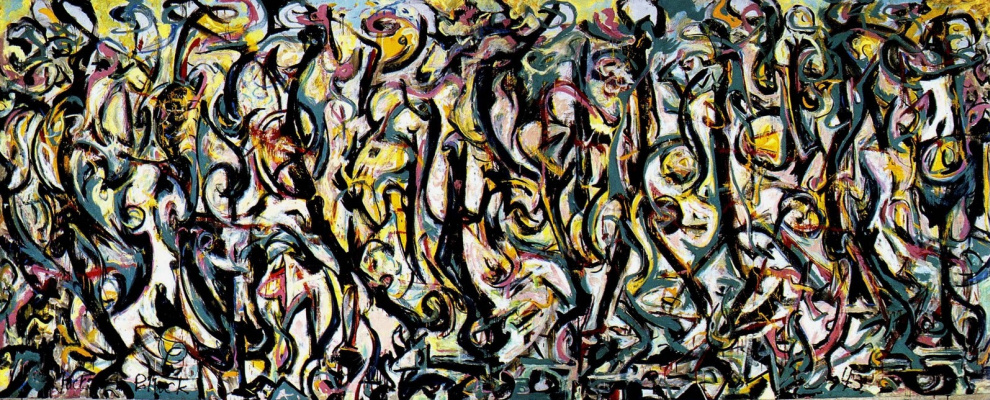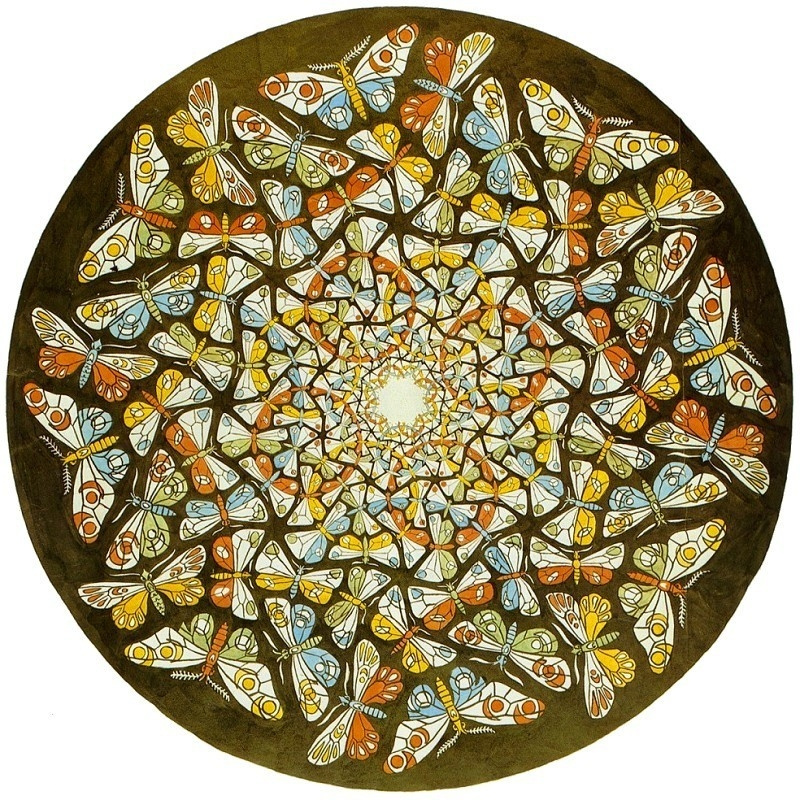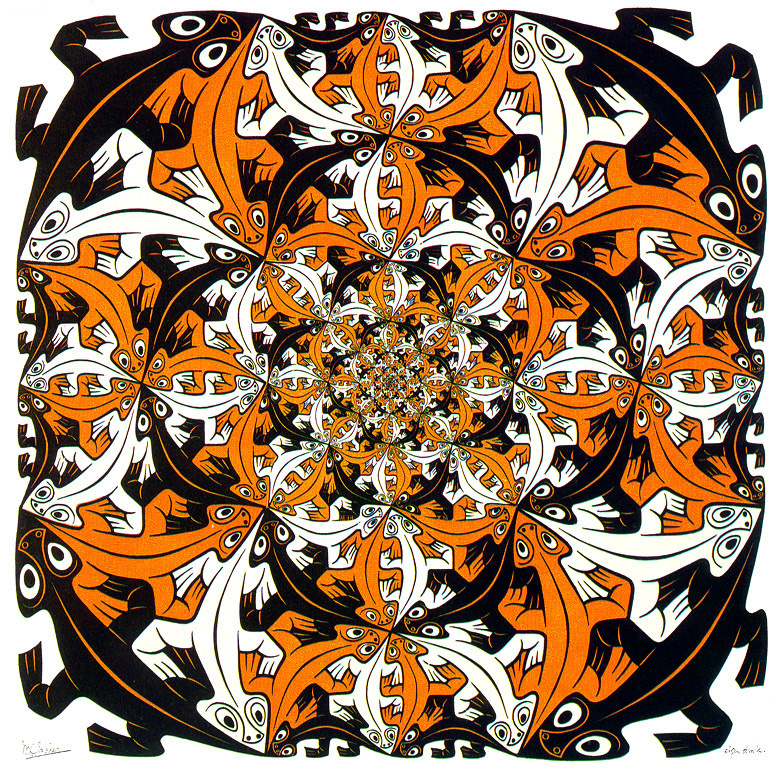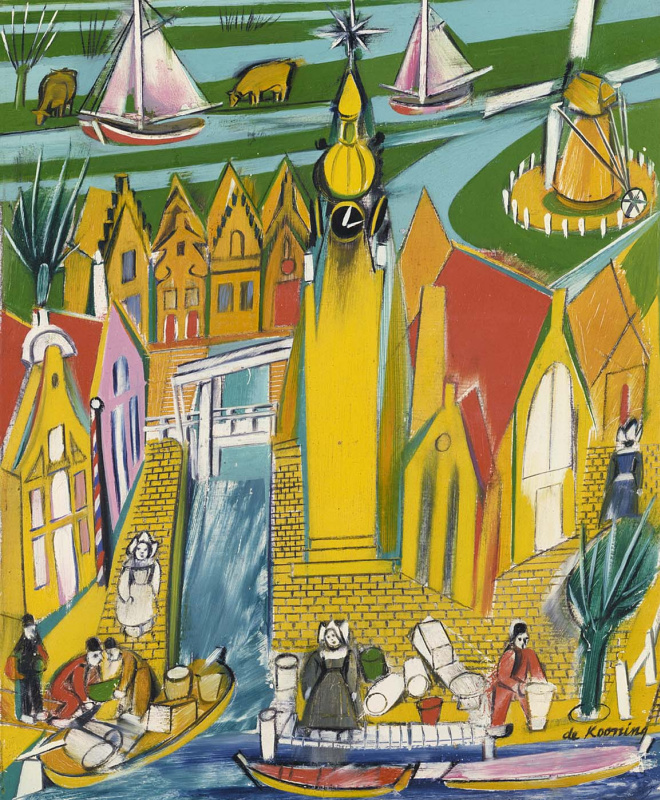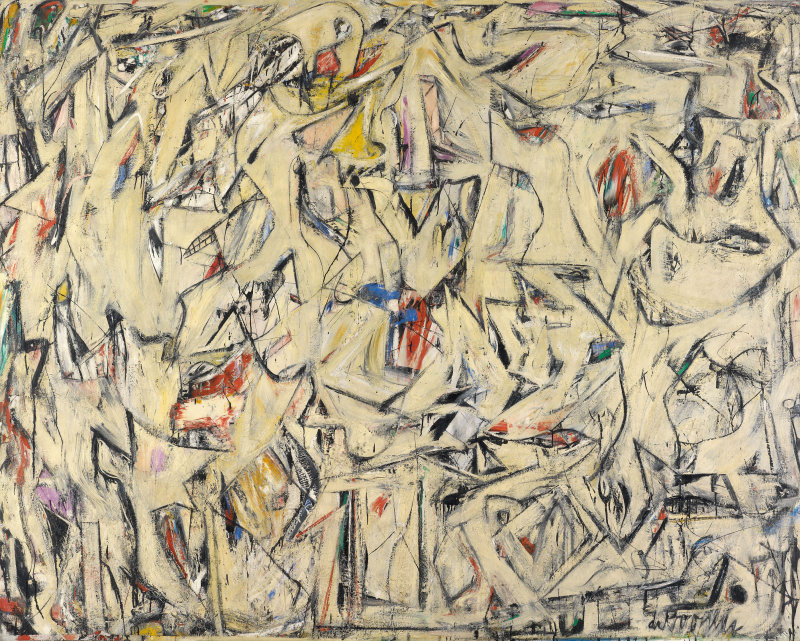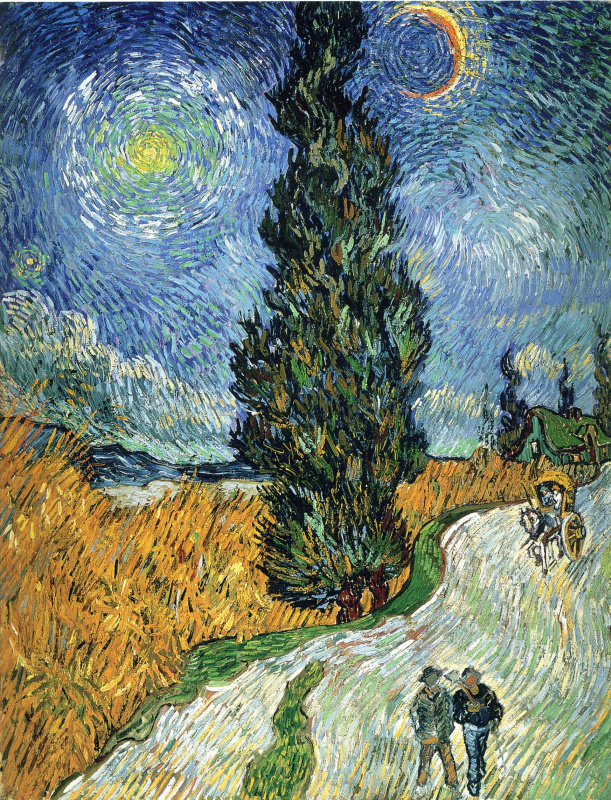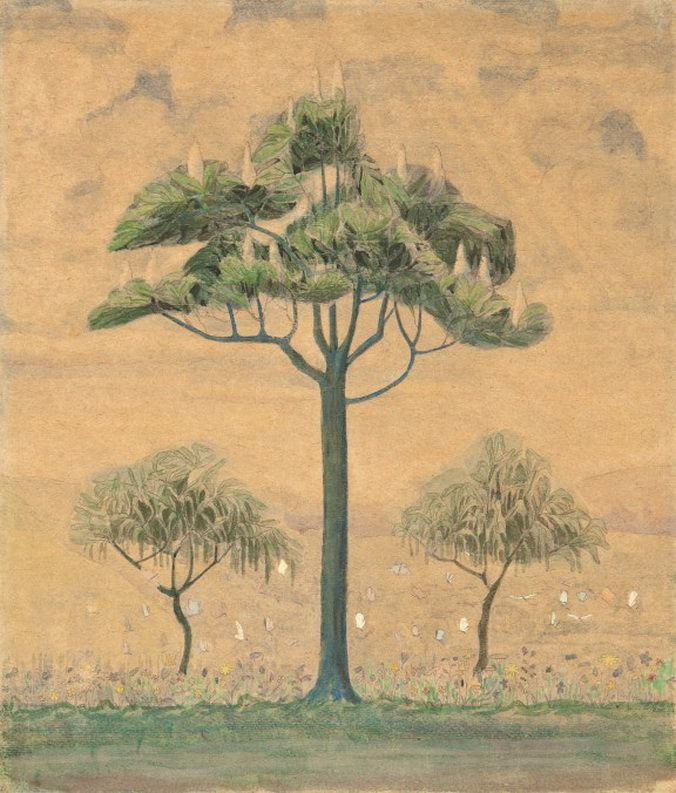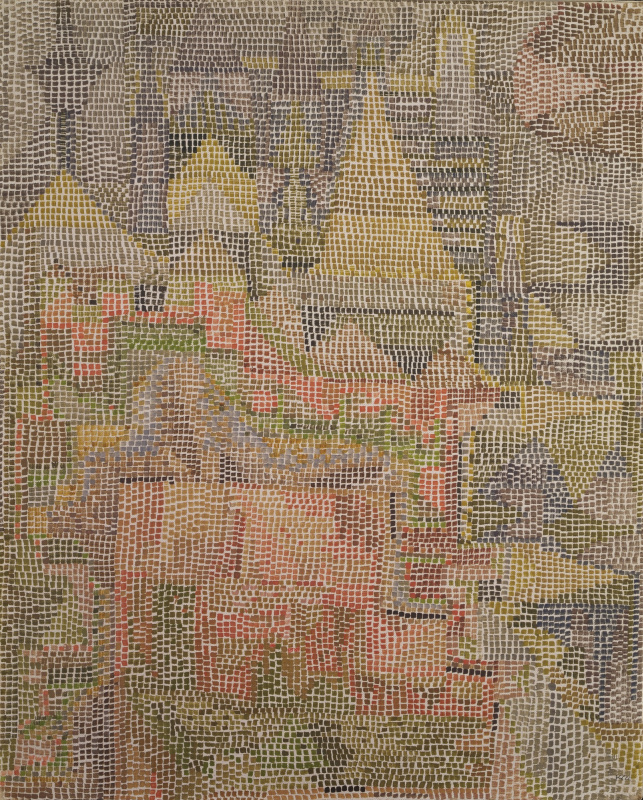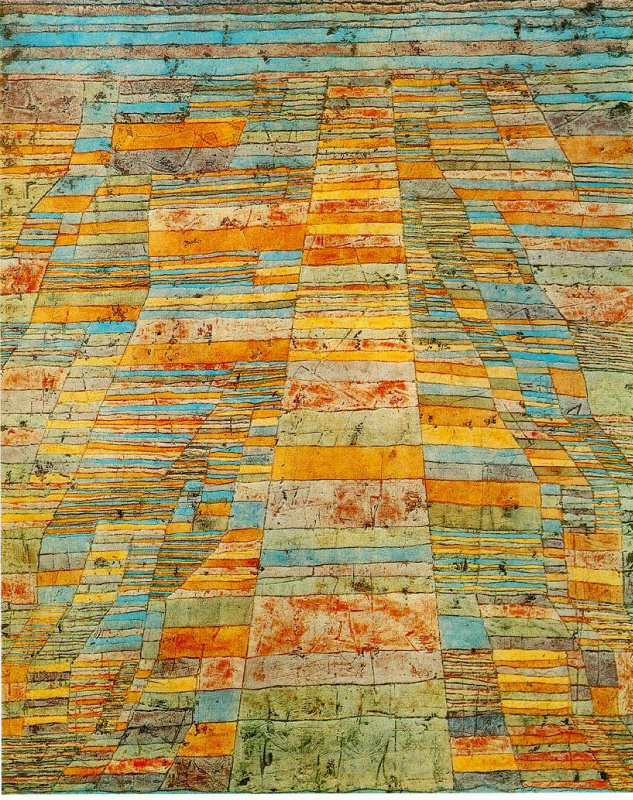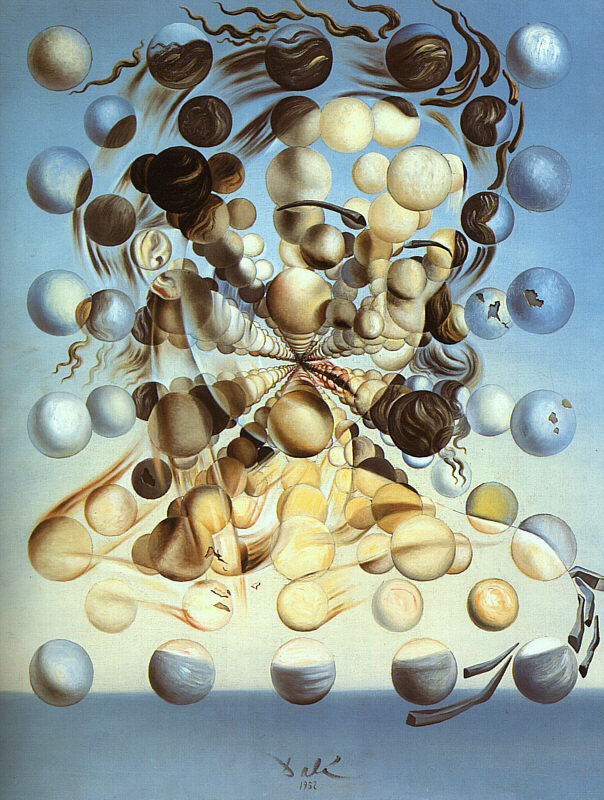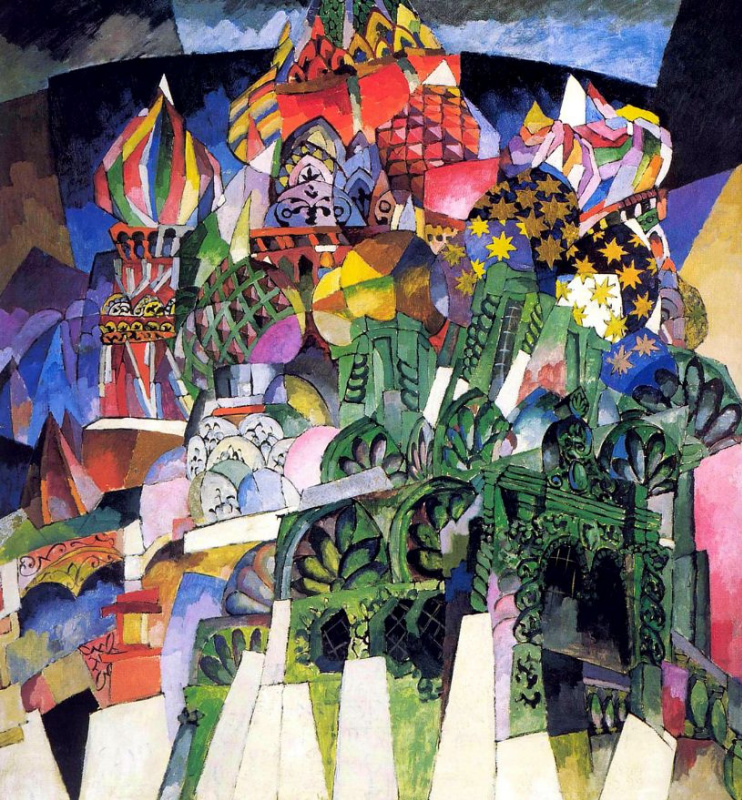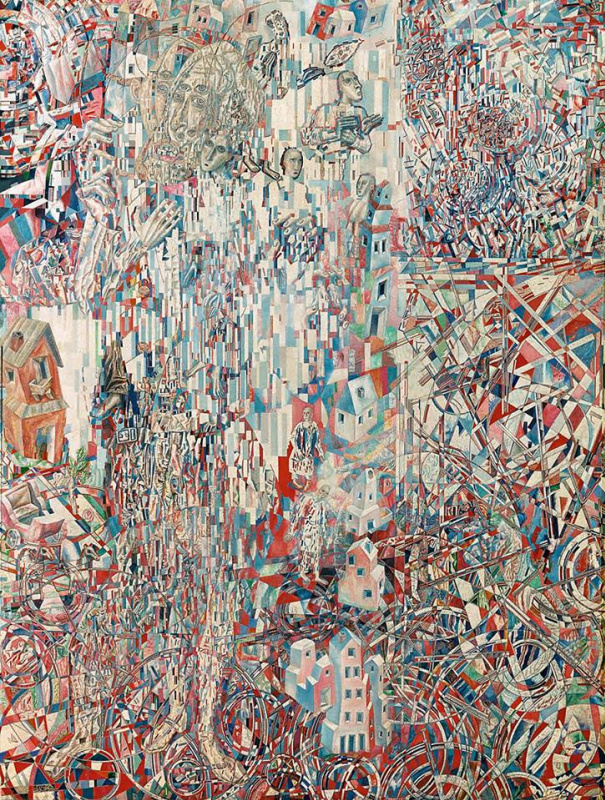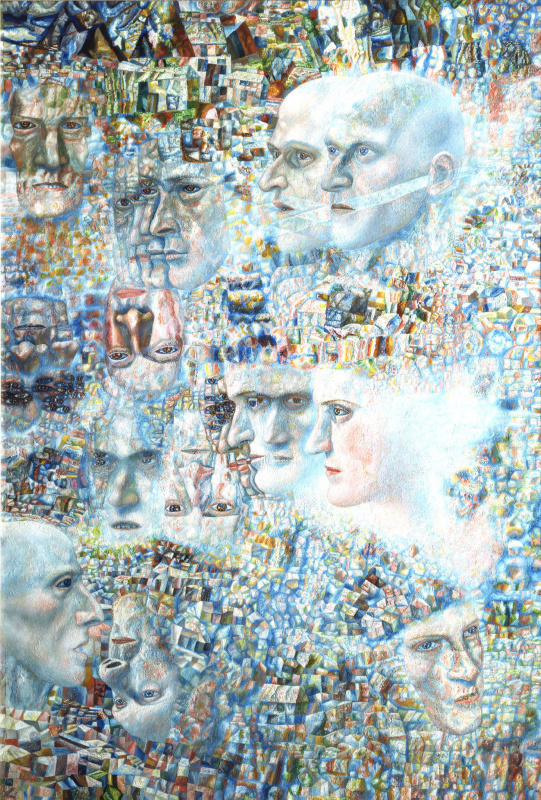It’s not a secret that objects with fractal attributes are perceived by the human eye as the highest manifestation of harmony and beauty. The crowns of trees and mountain ranges, unique patterns of snowflakes and the "golden" spirals of sea shells and waves, crystals and corals — we are ready to contemplate them endlessly in the wildlife and on the artists' canvases. As it turned out, this activity can also be healing: according to longlasting research of the American scientists, it reduces the level of stress by as much as 60 percent

A simplified scientific definition of a fractal (from the Latin fractus — "interrupted, crushed, literally "broken") is an array, possessing such characteristics as self-similarity. This term also designates a self-similar geometric structure in which each of the shapes is repeated in a decreasing scale. Many systems of the human body have fractal characteristics, such as: the structure of the circulatory system, the bronchial tree, the neural networks and so on.
Pollock's Treatment
Richard Taylor of the University of Oregon focused on studying of fractal structures in general and since 1999 specifically in art. In particular, in the case of the paintings of his compatriot Jackson Pollock. With the help of the computer analysis of the color schemes and trajectories he indicated that Pollock’s patterns can be described as fractal (like some fractal elements in nature, such as coastlines, for example). The researcher attributes the success of the popularity of American abstractionist’s artworks that is incomprehensible to many people, exactly to this factor.
Mural
1943, 247×605 cm
With well-known scientific curiosity Richard Taylor began to calculate the fractal dimension of Pollock’s paintings. So he reported that it increased steadily through the years, from close to 1 in 1943 to 1.72 in 1954. The physicist suggests to use this indicator to date and confirm the authenticity of the paintings, because, according to his data, as well as the research of other scientists, the fractal analysis can help determine knockoff with a guarantee of up to 93 percent.
Convergence
1952, 237.5×393.7 cm
To study the influence of fractal art on human more accurately, Taylor used the method of electroencephalography (EEG) to record the brain’s electrical activity. The preliminary results showed that mid-range fractals activate cerebral cortex and some other brain regions. The contemplation of fractal patterns is accompanied by a significant stress reduction and even accelerates post-surgical recovery rates.
Fractals' Evolution
Untitled
XIV century
It’s therefore not surprising to learn that, as visual experts, artists have been embedding fractal patterns in their works through the centuries and across many cultures. Fractals can be found, for example, in Roman, Egyptian, Aztec, Incan and Mayan works. Firstly, it is rather difficult to avoid them in the depiction of wildlife, where fractal-shaped forms are found all the time.
Saying good-bye by the river
XV century
One of the earliest and most pronounced examples of fractal art is the landscape
traditions of ancient and medieval China.
In the 20th century, fractal structures were most widely used in the Op-Art (optical art) movement and Impossible Art. First one grew out of Abstractionism in the 1950s, more precisely, separated from geometric abstraction. One of the pioneers of Op-Art was Victor Vasarely, a Hungarian-French artist.
But in the field of Impossible Art (impossible objects, visual art), which is singled out as an independent movement of the optical art, the Dutch artist Maurits Cornelis Escher became famous. He used techniques based on mathematical principles in the creation of his artworks.
Escher practiced depicting "impossible figures": creating optical illusions, misleading spectators and forcing the vestibular apparatus to strain.
Fractal Complexity and Artist's Brain
So, viewing of fractals leaves a distinctive mark in the brain activity of human, which even special equipment fixes. But there is also an inverse relationship: psychological and mental health of the artist can affect the quantity and quality of fractal compositions in his/her Louis
One of the vivid examples is the biography of the Englishman Louis Wain, who, after the death of his wife from cancer only three years after their wedding, was carried away by drawing anthropomorphic cats, and made a good career on this. He continued to depict felines, even when he got a psychiatric hospital with progressive schizophrenia.
One of the vivid examples is the biography of the Englishman Louis Wain, who, after the death of his wife from cancer only three years after their wedding, was carried away by drawing anthropomorphic cats, and made a good career on this. He continued to depict felines, even when he got a psychiatric hospital with progressive schizophrenia.
Forest edge
1928, 25.4×35.1 cm
And then something incredible began to happen with his paintings: they blossomed with acidic psychedelic colors, and cats gradually evolved into marvelous fractal structures. And if the discovery of the psychotropic properties of LSD was not accidentally found by the chemist Albert Hoffmann four years after the death of Louis Wain, one might assume that the transformation of the artist’s style is the result of the experimental treatment of schizophrenia in which this substance was actually used, but only a couple of decades later.
As for the diseases leading to extinction of the cognitive functions and dementia, there is an inverse relationship. This was the case with Willem de Kooning, who was diagnosed with Alzheimer’s disease in 1982. As Richard Taylor mentioned in his scientific publication, the fractal complexity of Kooning’s abstract paintings rapidly decreased in proportion to how the dementia of the artist progressed. The analysis of the work of seven artists with various neurological problems showed the potential of researching art objects as a new instrument for studying such diseases.
Willem de Kooning’s early paintings of the 1940s with fractals plurality.
Here are his late works painted during the period of illness. According to Taylor, they have pacification, which was lacking in the artist’s canvases at the time of his creative flourishing.
Modern Fractal Art
The creation of fractal patterns is not difficult today. There are many computer programs that allow to synthesize them in a myriad of quantities with the appropriate artistic value. But there are still artist, doing old school in this field, using not digital, but quite tangible tools. One of the noteworthy is Dr. Greg Dunn, a neuroscientist at the University of Pennsylvania.
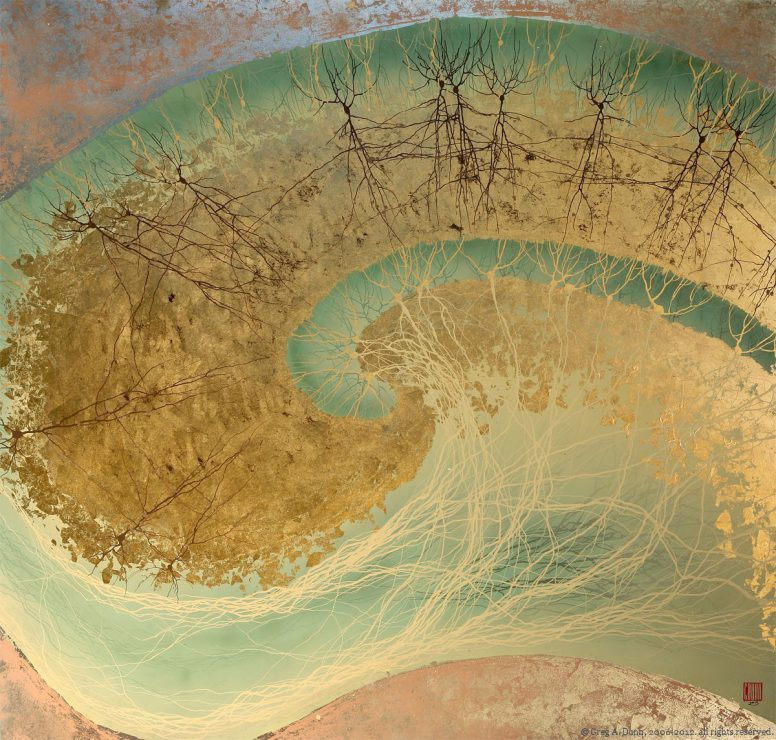
Greg Dunn. Hippocampus II, 2010
Firstly, for the inspiration he uses samples from the field of his research subject — various cells, different brain departments and processes, the terminology of which coincides with the paintings' titles.

Greg Dunn. Cortical Columns, 2014
Secondly, the scientist uses non-trivial materials and techniques: aluminum plates, metal powder, gold, enamel, mica, ink and so on. He admits on his page, "I admire the Japanese, Chinese, and Korean masters because of their confidence in simplicity. I try to emulate this idea".

Greg Dunn. Synaptogenesis, 2001
If you can not order one of the works of an American neuroscientist to have an anti-stress picture, just bookmark this article and return to it whenever the level of cortisol ("stress hormone") in the blood begins to go off scale causing discomfort.
Top-10 artists of fractal painting from ArtHive
Vincent van Gogh
Piet Mondrian
Mikalojus Konstantinas Čiurlionis
Paul Klee
Salvador Dali
Georgia O'Keeffe
Wassily Kandinsky
Aristarkh Lentulov
Nicholas Roerich
Pavel Filonov
ArtHive: join us on Instagram
Title illustration: Katsushika Hokusai. The Great Wave off Kanagawa
Based on article "Fractal patterns in nature and art are aesthetically pleasing and stress-reducing" on The Conversation.com
Author: Natalia Azarenko
Based on article "Fractal patterns in nature and art are aesthetically pleasing and stress-reducing" on The Conversation.com
Author: Natalia Azarenko






